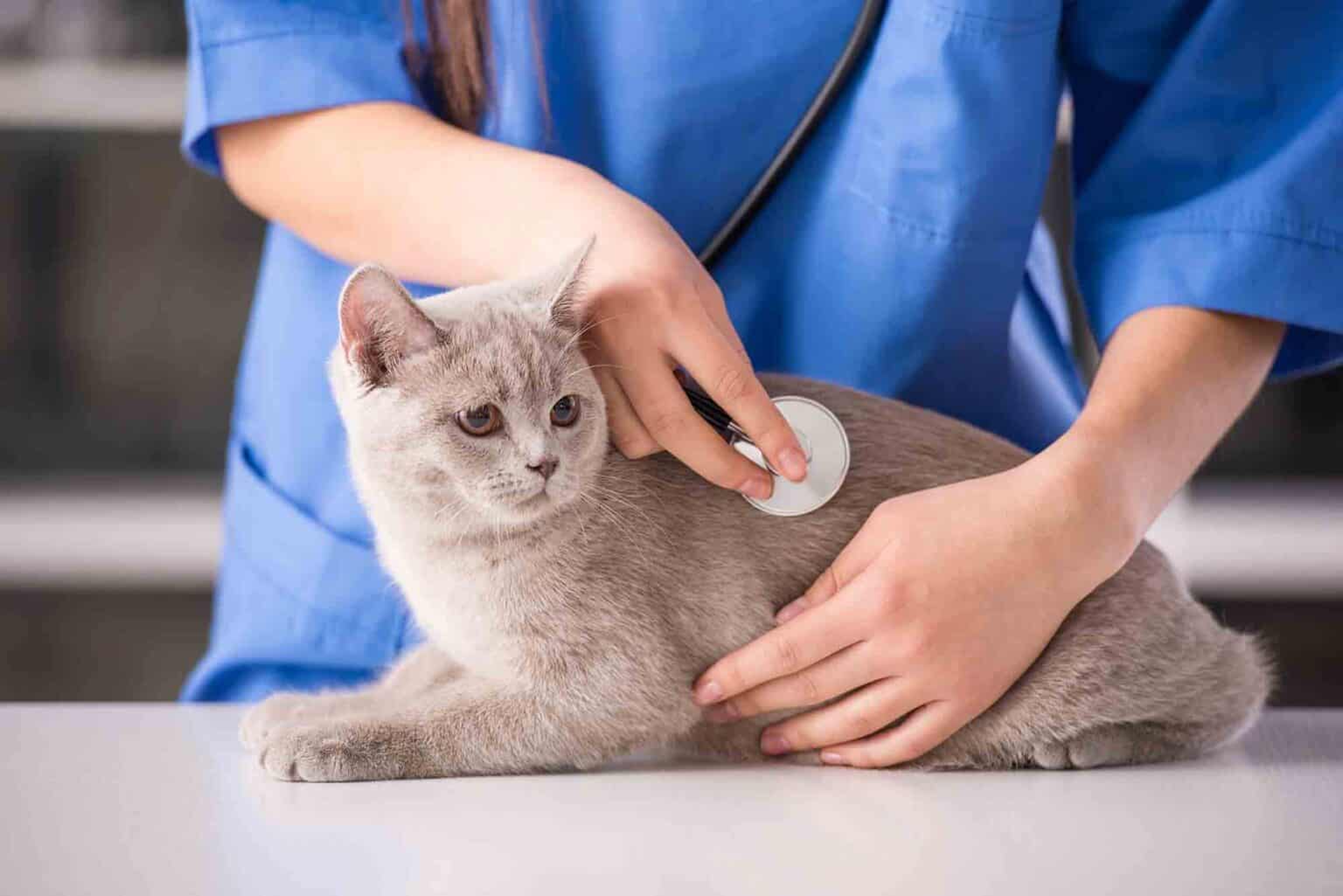A Spotlight on Pet Pain Management
 Much has changed about pet ownership over the last few generations. Today’s pets are enjoying substantially better health and longevity thanks to advances in veterinary care and a deeper concern for the wellbeing of animals in our society. Instead of focusing solely on healing injuries and extending the life of pets, veterinarians and veterinary staff are now committed to preserving the quality of life through pet pain management strategies.
Much has changed about pet ownership over the last few generations. Today’s pets are enjoying substantially better health and longevity thanks to advances in veterinary care and a deeper concern for the wellbeing of animals in our society. Instead of focusing solely on healing injuries and extending the life of pets, veterinarians and veterinary staff are now committed to preserving the quality of life through pet pain management strategies.
Why We Focus on Pet Pain Management
We love our patients and don’t want to see them suffer, but that’s not the only reason veterinarians place such an emphasis on pet pain management. Pain can actually impair the healing process by:
- Interfering with immune function
- Reducing appetite
- Causing stress and anxiety
Modern veterinary medicine is focused on preventing pain in pets as much as possible by administering medication both before and after surgeries or other painful procedures.
A Multidimensional Approach
Although pet pain management drugs are essential in many cases, it’s important to seek out ways to reduce or eliminate the need for medication whenever possible. Methods such as physical therapy, rehabilitation, and acupuncture can be effective. Prevention or a decrease in the severity of certain conditions, such as pancreatitis or arthritis, can be sought through proper diet, exercise, and weight management.
Signs of Pain in Pets
Pets, especially cats, have evolved to hide signs of pain or illness. Because of this natural tendency to hide or avoid showing any outward distress, it can be difficult for pet owners to know when to seek help for their pet’s pain. Your pet’s regularly scheduled wellness exam is an opportunity for us to check for signs of illness or injury and stop any problems before they get out of hand.
Some signs that may indicate your pet is in pain include:
- Withdrawal from family members/hiding
- Changes in behavior/routine
- Loss of appetite
- Limping or favoring one side
- Excessive licking or biting at a particular area
- Meowing, whining, or other vocalizations
- Pacing
- Seeming unsettled or uncomfortable
- Snapping or growling when touched
By paying close attention to your pet’s daily rhythms and personality quirks, you’re better able to detect minor changes that may indicate he or she is struggling.
Helping at Home
The majority of a pet’s recovery from surgery or an illness will be at home, so creating a comfortable, low-stress environment is key to promoting healing:
- Provide a soft, warm bed that’s easily accessible.
- Place food, water, litter box, and other essentials nearby.
- If stairs are uncomfortable to navigate, situate your pet with easy access to the outdoors or to family members.
- Give your pet plenty of space and opportunities for quiet, restful sleep.
Please don’t hesitate to contact your friends at BEEVET if you have any concerns about your pet.
